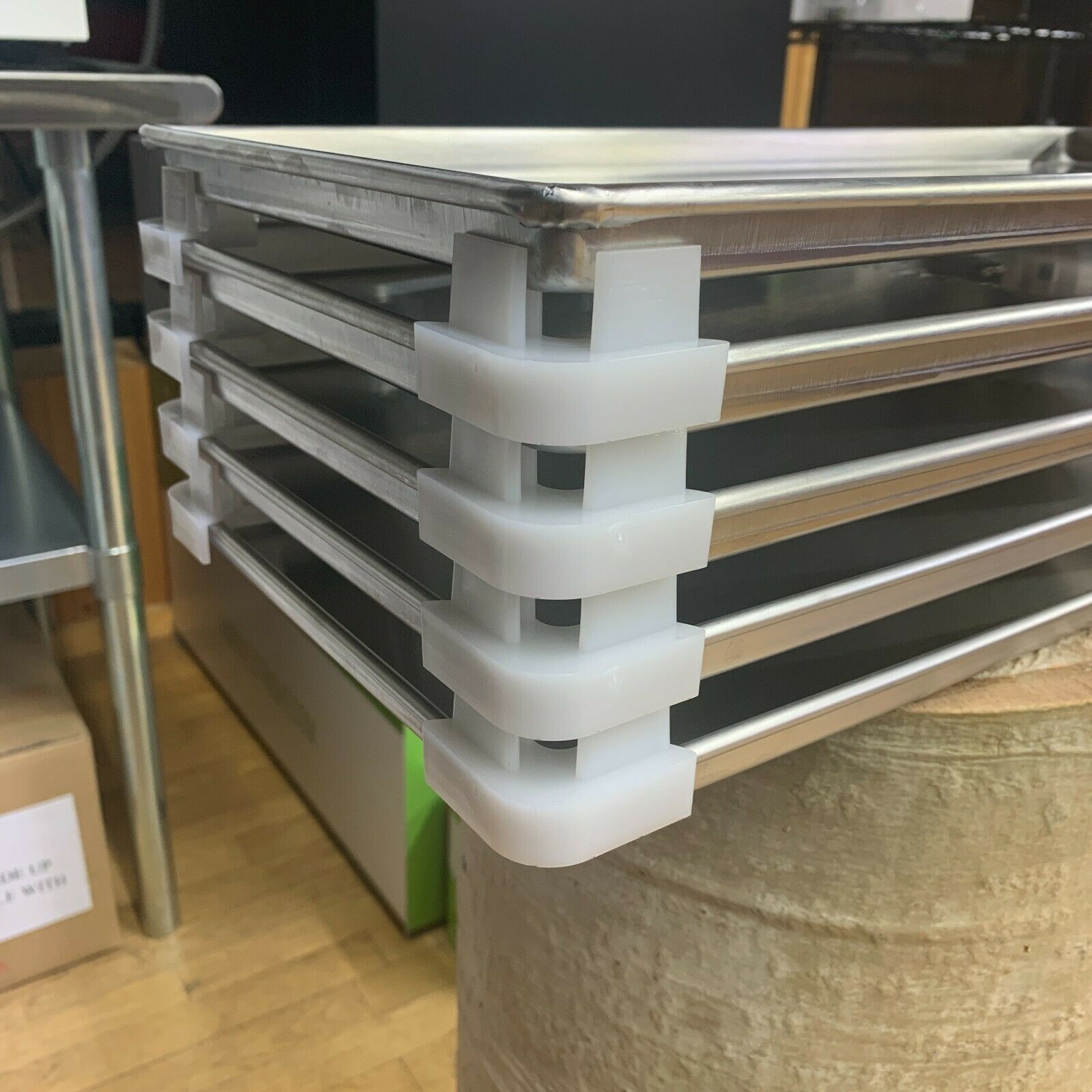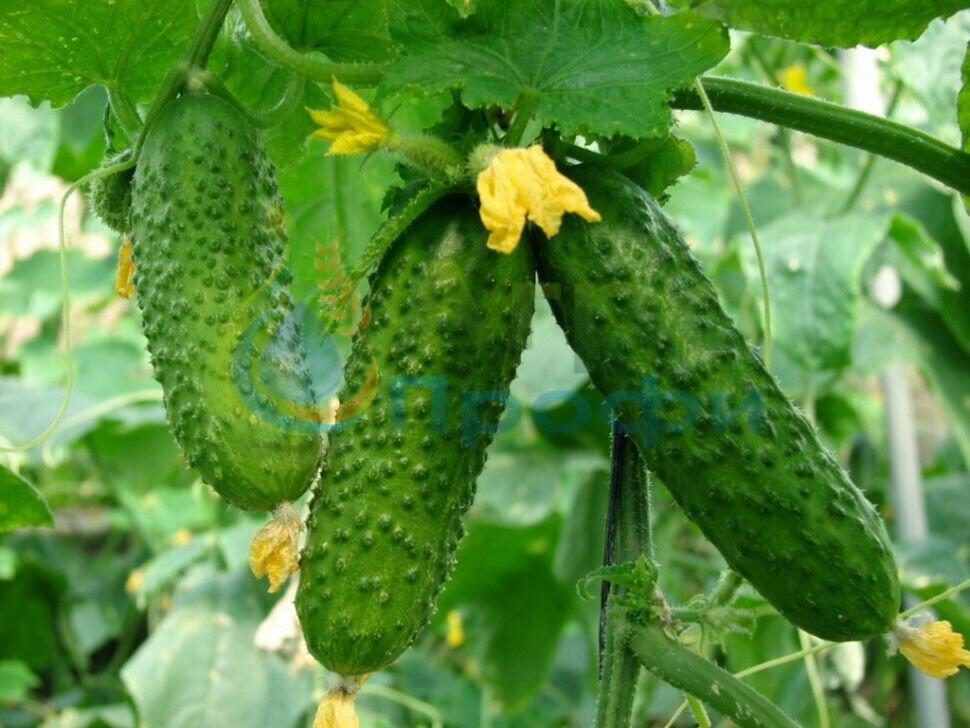-40%
100PCS Seeds Rare Black Monkey Face Orchid Perennial Plants Long Flowering
$ 1.34
- Description
- Size Guide
Description
Hello, dear customer. We are happy to welcome you to our eco-friendly store. We hope that our store will be useful and convenient for you.You have chosen:
100PCS/Pkt Seeds Rare Black Monkey Face Orchid
Product description
:
The orchid and the entire family of Orchids to which it belongs is one of the most diverse in terms of the number of species and total biomass in nature. Once a rare flower outside the wild, which was considered a sign of wisdom, masculinity, and then the fall, today you can easily find it at exhibitions, in offices and in a simple home environment.
Only at first glance, the orchid seems incredibly fragile, fastidious and difficult to grow. In fact, the plant has a good ability to adapt to many environmental conditions.
Orchids are perennial herbaceous plants. They can grow on other plants, trees, resembling lianas. There are some varieties that grow on the ground or stones. The dimensions of the aboveground part can vary significantly. There are species that do not exceed a few centimeters, others grow several tens of meters in length or height.
Most orchids have bulbs and pseudobulbs – special thickening of the shoot, in which water and nutrients are deposited. Thanks to them, the plant is less dependent on the root system and the qualitative composition of the soil on which it grows.
For this reason, some varieties generally have only aerial roots that receive moisture from the bark of trees or air.
The leaves of orchids are whole, thin, juicy. In some species, they are able to store moisture along with the roots.
Flowers are simple in shape and structure, but with their own characteristics. Orchids are characterized by the presence of "columns" and "lips" on all flowers. Each individual plant can form both only one flower and whole inflorescences located throughout the entire length of the shoot.
Which family does it belong to
Orchids belong to the Orchid family (Orchidaceae). This family may be called the "Orchid family". This is one of the largest families of monocotyledonous plants, which is distributed on all continents except Antarctica.
Instructions for planting and care:
Orchids
seeds are extremely small and more like dust. In natural conditions, they have a very low percentage of germination, so the plant forms up to a million seeds per season. All of them are practically devoid of spare nutrients. In order for the embryo to begin to develop, infection with a fungus forming mycorrhiza is necessary. It germinates inside the embryo and provides the seedling with water and essential minerals.
For a long time, this was an obstacle to the artificial cultivation of orchids from seeds.
The problem was solved only after the development by the American biologist L. Knudson of the composition of a mineral nutrient medium with sucrose, on which for the first time it was possible to germinate orchid seeds.
This method has revolutionized the breeding of phalaenopsis and the creation of numerous hybrid forms, which are now widely available in stores.
Possible difficulties
Reproduction of phalaenopsis at home is a rather complex and time—consuming process:
Seeds are highly susceptible to infection by microbial diseases;
For storage and then planting, sterile conditions are necessary, which is quite difficult to achieve in an apartment;
The formation of seedlings in an artificial environment lasts at least 9 months.
Attention! Strict compliance with the rules of sterilization and seeding technology is the basis for successful breeding of orchids from seeds at home.
In order to sow orchid seeds, preparatory work is first carried out.
Preparation of dishes, related tools and reagents
Before starting work, you should prepare dishes and related equipment in advance:
Test tubes or 100-gram glass flasks that can be replaced with 100-gram jars with sealed lids;
Cotton-gauze plugs;
A tripod for test tubes, if you decide to use test tubes;
Litmus test;
Hydrogen peroxide, 2%; Sterile syringe or microbiological pipette.
If you have chosen cans with screw-down lids for work, then you should make a hole in them, into which you need to insert a small piece of glass tube.
A piece of cotton wool is placed in it, then air can pass inside the jar, and cotton wool will retain dust and bacteria.
Preparation of the nutrient medium
For the cultivation of phalaenopsis from seeds, an agarized Knudson medium or a modified Cherevchenko medium is used. They can be purchased at the store or prepared by yourself if the necessary components are available.
From the finished mixture, in addition to the necessary salts and sugar, the formula of the finished mixtures includes agar-agar — polysaccharide, which is obtained from seaweed. It is better to prepare such mixtures with distilled water, strictly following the instructions. After that, they can be poured into dishes and sterilized.
Independent
To do this, you need to purchase the components included in the formulation of one of the nutrient media:
Knudson nutrient medium (g/l):
Calcium nitrate — 1.0;
Ammonium sulfate — 0.50;
Potassium monophosphate — 0.25;
Magnesium sulfate — 0.25;
Iron sulphate — 0.025;
Manganese sulfate — 0.0075;
Sucrose 20.0;
Agar — 15.0.
Modified nutrient medium Cherevchenko, (g/l):
Calcium nitrate — 1.0;
Potassium monophosphate – 0.25;
Magnesium sulfate — 0.25;
Ammonium sulfate – 0.50;
Iron chelate – 0.05;
Sodium humate – 0.05;
Activated carbon – 1.0;
Sucrose – 20.0;
Agar — 10.0.
Prepare nutrient mixtures, following the sequence of actions:
The components of the medium are introduced in turn into a small amount of distilled (boiled and settled) water.
All thoroughly mixed, bring the volume to 1 liter;
The pH (acidity) of the resulting solution is measured with a litmus test. It should be at the level of 4.9–5.9 (the maximum permissible pH is 6.5);
If the solution is very acidic (below 4.9), a few drops of alkali (NaOH or KOH) or a pinch of baking soda are added to it;
When the pH of the solution is above 6.5, a few drops of citric, acetic or hydrochloric acid are added;
The pH of the medium is monitored after each acidity adjustment;
In a warm nutrient medium, the litmus test shows understated pH values;
The necessary amount of agar is added to the finished solution, left to stand for swelling, then heated in a water bath until completely dissolved.
The nutrient medium should be poured into the prepared container with a layer of about 2-3 cm and closed with a tightly rolled cotton plug with a gauze coating or a lid with a glass tube. Now she is ready for sterilization.
Sterilization
For the sterilization of dishes, nutrient medium and household equipment, the most suitable:
Steamer
Oven with temperature controller.
The pipette is tightly wrapped in paper. Closed containers with spilled medium are installed in an upright position.
If it is a pressure cooker, a special grate is placed on the bottom. Sterilization time at a temperature of 120℃ – 45 min.
Taking into account the heating of the steamer or oven, it is increased by another 15-20 minutes.
Thus, the total duration of sterilization should be at least 60 minutes.
After that, the nutrient medium is cooled to room temperature.
Important! The cooled nutrient mixture should not be solid or very liquid. In its consistency, it should resemble jelly. If the density of the nutrient medium does not meet the recommendations, adjust the pH value and re-sterilize the medium.
How to plant?
In order to avoid infection, all manipulations are carried out extremely quickly over steam.
To do this, put a wide pot of boiling water on the fire. It is better to fix a grate above it, on which you can put the dishes.
Immediately before sowing, the surface of the seeds is sterilized:
They are transferred to an empty sterile test tube or jar, closed with a stopper, a small amount of 2% hydrogen peroxide is added with a pipette, closed with a stopper, kept for 5-10 minutes;
Using a sterile pipette or syringe, the seeds are selected together with the liquid and try to distribute evenly over the surface of the nutrient medium;
Gently shake the flask to evenly distribute the seeds.
Colonies of microorganisms can form on the surface of the agarized medium for 7 days. If this did not happen, then the planting of seeds was successful.
Seedling care
Vessels with seeds are placed in diffused light at a temperature of 20-23 ℃. Daylight hours should last at least 12 hours.
Depending on the type of orchid, the germination time can vary from 4-5 weeks to 7-9 months:
First, small green balls with rhizoids – filamentous outgrowths are formed from the seeds, thanks to which phalaenopsis is fixed on the surface and absorbs water with dissolved minerals;
Over time, the first leaves form in the sprout, and then the real roots.
After 10-12 months, young plants are transplanted into a sterilized (steamed) soil, which includes crushed coniferous bark, sphagnum moss, fern rhizomes in a ratio of 1:1:1.
Payment information
:
We accept all payments and transfers provided by Ebay
Delivery information
:
We deliver to America within 20-40 days. Worldwide delivery - 18-30 days.
Order processing time within 1-2 business day. If the order is received within the last hour of our business hours, it is likely that the order will be processed within the next business day.
Technical support and customer service:
If you have any questions, please feel free to contact us via eBay message. We will try to answer You as soon as possible and resolve your question.
Due to time zone differences, we will respond from 5.00 to 18.30 London time, 0.00-13.30 new York time, 14.00-03.30 Tokyo time. We are in touch, please contact us.
Have a nice day!
Disputes and controversies:
If you are not satisfied with the product (packaging, delivery time), or you have any questions or complaints, please contact us before you leave negative feedback, we will try our best to solve the problem in a short time. We are very interested in solving your questions with the maximum benefit for you. It is important to us that each of our customers is satisfied. We try to be the best for you!
Feedback from recipients
:
Your feedback is very important to us. If you are satisfied with our products and services, please leave a positive 5-star review and we will do the same for you. Thank you in advance!
Gratitude
:
Thank you for choosing our store and products. They are really high quality and deserve attention. We look forward to seeing you again. We wish you a successful and pleasant shopping!
We wish you joy and prosperity, so that the seeds sown as a result of our cooperation will continue to bear fruit and please you for many years to come!
Add our store to your favorites list and you will always have the right seeds at hand!











